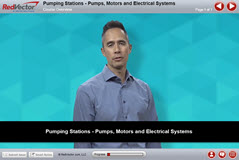Refrigeration - Chiller Theory
0.5 hrs. Online Course
Level: Advanced
Average Rating:
Item #: JCOM-40044
SME: Vector Solutions Commercial
Level: Advanced
Average Rating:
Item #: JCOM-40044
SME: Vector Solutions Commercial
NOTE: State license renewal information is provided as a convenience only and is subject to change at any time. It is the ultimate responsibility of the individual to be sure that he or she is meeting continuing education requirements for each license and corresponding renewal period. Information above was pulled on Sunday, December 7, 2025.







